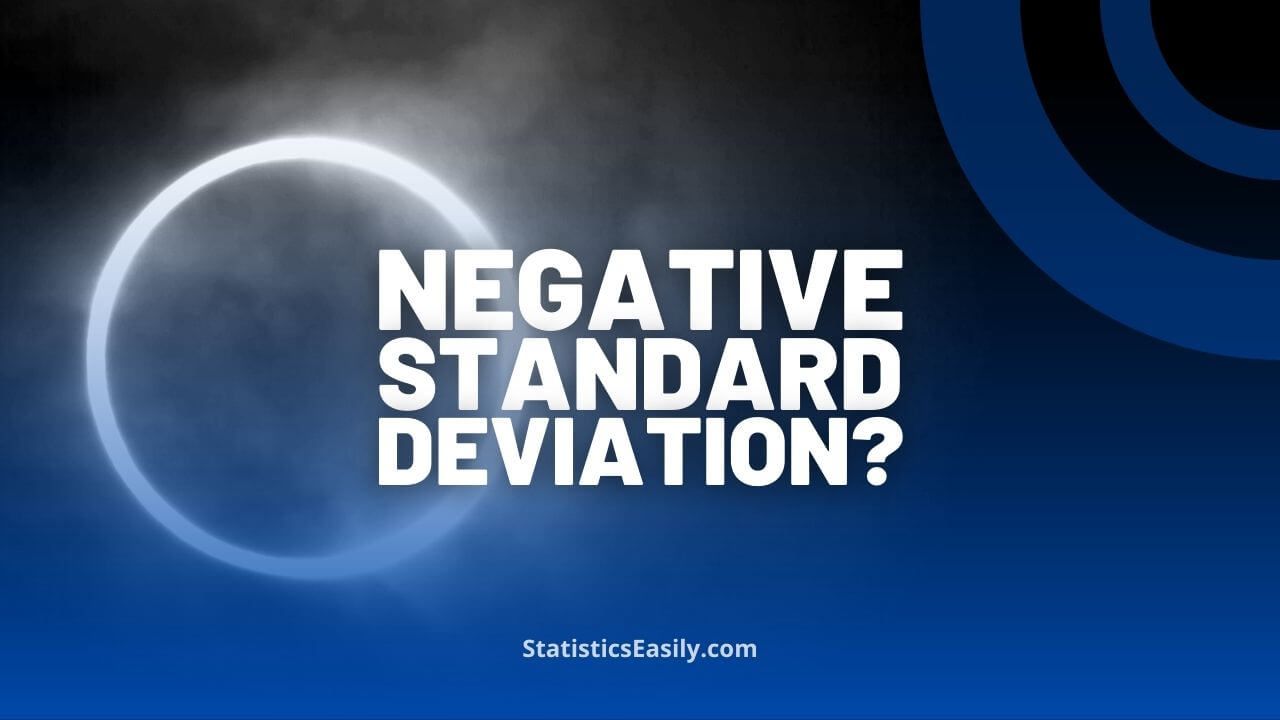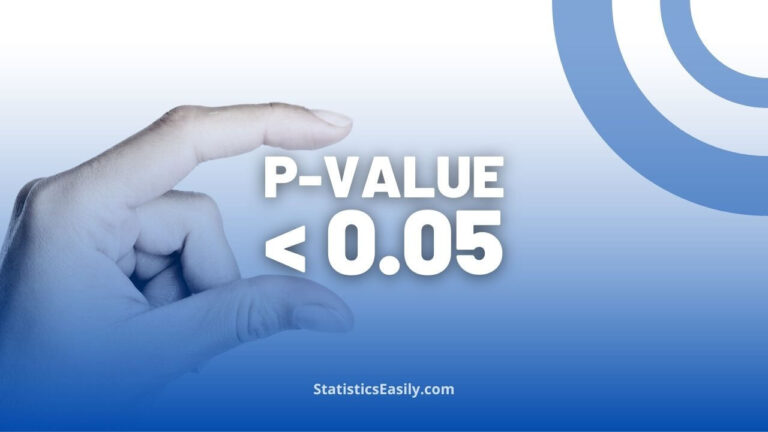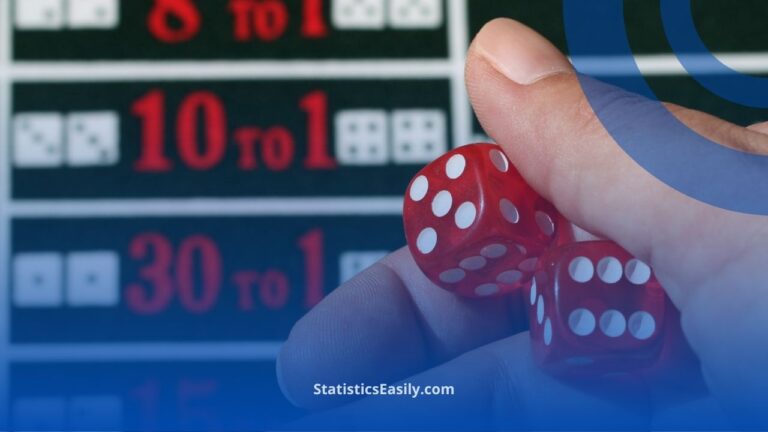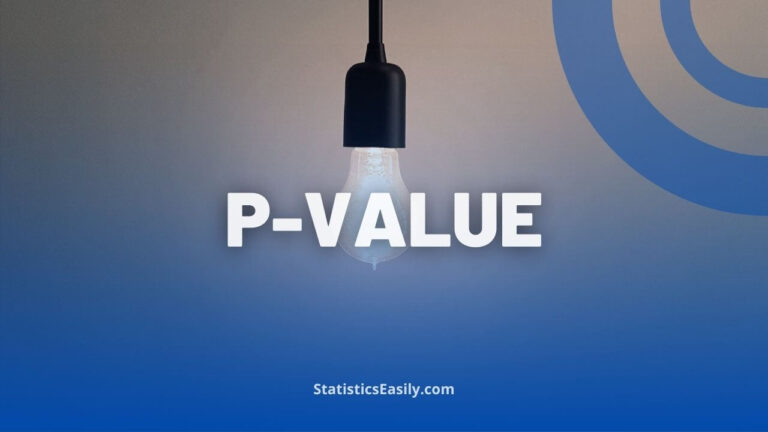Can Standard Deviations Be Negative? Data Analysis Understanding
No, standard deviations cannot be negative. They measure the variation in a dataset, calculated as the square root of the variance. Since variance, a mean of squared differences from the mean is always non-negative, the standard deviation, being its square root, cannot be negative either.
Introduction
Understanding the concept of standard deviation is essential for anyone working with data, as it provides valuable insights into the variability and dispersion of a dataset.
This article aims to clarify the nature of the standard deviation and address the common question: “Can standard deviations be negative?“
By exploring the definition, calculation, and applications of standard deviation, this article will enhance your knowledge and skills in data analysis.
Highlights
- Standard deviation quantifies the amount of variation in a set of values.
- It is calculated from the square root of the variance.
- Variance is the mean of the squared differences from the dataset’s mean.
- Standard deviation can’t be negative because it’s based on squared values.
- Variance, like standard deviation, can’t be negative.
What is the standard deviation?
The standard deviation is a measure used to calculate the degree of variation or spread in a data set. It is used to understand how spread out the values in a dataset are relative to the mean (average) of the dataset.
For example, a small standard deviation indicates that the values are tightly clustered around the mean. In contrast, a large standard deviation signifies that the values are more spread out.
The standard deviation is calculated as follows:
- Calculate the mean (average) of the dataset.
- To obtain the deviations, subtract the mean from each value in the dataset.
- Square each of these deviations.
- To determine the variance, calculate the mean of the squared deviations.
- Take the variance square root to get the standard deviation.
| Step | Calculation | Result |
|---|---|---|
| 1 | Mean of the dataset: (3+5+7)/3 | Mean=5 |
| 2 | Subtract the mean from each value: (3-5), (5-5), (7-5) | Deviations: -2, 0, 2 |
| 3 | Square each deviation: (-2)^2, 0^2, 2^2 | Squared Deviations: 4, 0, 4 |
| 4 | Mean of the squared deviations: (4+0+4)/3 | Variance: 2.67 |
| 5 | Square root of the variance: sqrt(2.67) | Standard Deviation: 1.63 |
Standard deviation helps analyze data because it measures how much the individual data points differ from the mean, making it easier to identify outliers and determine the overall variability of the data.
It is a widely used measure in various fields, including finance, science, and engineering, to make sense of data and draw conclusions about the population from which it is derived.
Can Standard Deviations Be Negative?
Standard deviations cannot be negative. The standard deviation quantifies the degree of variability or spread within a group of values. It is calculated as the variance square root, the average squared differences from the mean.
Since variance is a squared value, and square roots of non-negative numbers are always non-negative, the standard deviation cannot be negative.
A standard deviation of zero indicates that all values in the dataset are the same, and as the dispersion of values increases, so does the standard deviation.
Can Variance Be Negative?
As you may have already guessed, no! Variances cannot be negative. The reason behind this is rooted in the very definition and calculation of variance.
Just like the standard deviation, variance is a measure of the dispersion or spread of a set of values in a dataset. Since the differences are squared, the result is always a non-negative value.
A variance of 0 indicates that all values in the dataset are identical. As the dispersion of values increases, the variance becomes larger. Therefore, it is essential to note that variance, like standard deviation, measures the overall variability in a dataset and cannot be negative.
Conclusion
Standard deviation is a crucial statistical measure that helps us understand the spread and dispersion of data in a dataset.
As established in this article, standard deviations cannot be negative since they are derived from the square root of the variance, which is always non-negative.
This understanding and the other insights provided can improve your ability to analyze data effectively and draw meaningful conclusions across various fields and applications.
Recommended Articles
Interested in further enhancing your knowledge about data analysis? Visit our blog for more articles on relevant topics in data science, statistics, and more!
- Exploring Standard Deviation: Statistics and Data Analysis Made Easy
- Common Misconceptions About Standard Deviation Rules
- Standard Deviation Calculator
- What Is The Standard Deviation?
Frequently Asked Questions (FAQs)
Q1: Is it possible for standard deviation to be negative? No, the standard deviation can’t be negative. Instead, it’s derived from the square root of the variance, which is always non-negative.
Q2: What does a negative standard deviation indicate? A negative standard deviation is impossible. If you calculate a negative standard deviation, it suggests an error in your calculations.
Q3: Can standard deviations be negative but variances cannot? No, both standard deviations and variances cannot be negative. Variance is always non-negative and standard deviation is the square root of the variance.
Q4: Is standard deviation always positive or not? The standard deviation is always non-negative, it can be zero if all values in a dataset are identical, but it cannot be negative.
Q5: Can standard deviation be less than 1? The standard deviation can be less than 1. This indicates that data points are very close to the mean.
Q6: Can standard deviation be 0? Yes, a standard deviation of zero indicates that all values in the dataset are the same.
Q7: Can mean and standard deviation be negative normal distribution? While the mean can be negative in a normal distribution, the standard deviation can never be negative.
Q8: How do you know if standard deviation is good or bad? There’s no absolute “good” or “bad” standard deviation. A “small” standard deviation indicates data are closely clustered around the mean, while a “large” one indicates wider dispersion.
Q9: What is the standard deviation if the variance is negative? This is impossible. Variance cannot be negative; hence, standard deviation, the square root of variance, cannot be calculated from a negative variance.
Q10: Can the variance and standard deviation be a negative True or false? False. Neither variance nor standard deviation can be negative as they are measures derived from squared values in the dataset.








